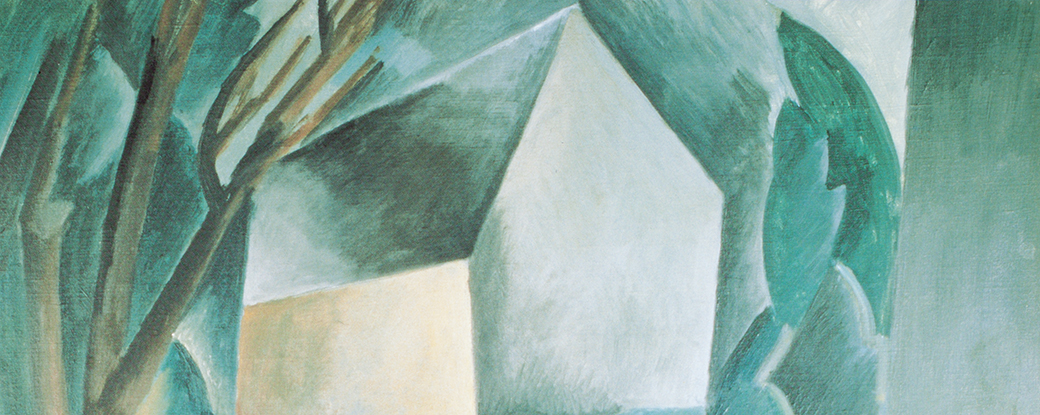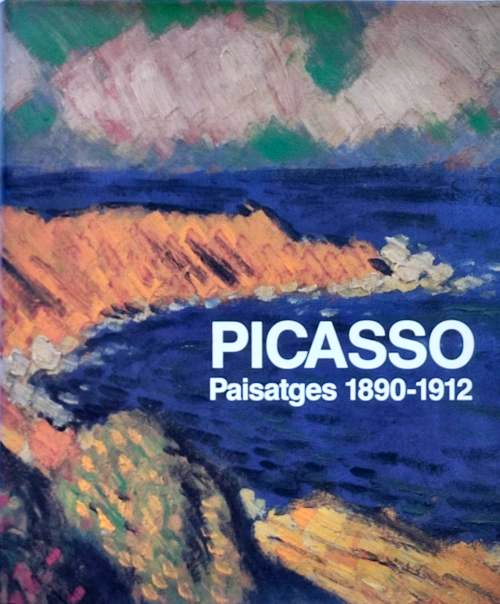Barcelona Rooftops

Barcelona Rooftops
Barcelona Rooftops
Picasso’s interest in urban geography was boosted by his arrival in Barcelona. Rooftops and the views they offered featured prominently in several of his early Barcelona landscapes, some of which were chiefly light studies, either by night "Full Moon from a Terrace2 (MPB 110.130), 1896- or by day -"Rooftops and Santa Marta Church" (MPB 110.102), 1900-. Despite the gradual shift in interest that would come later, the work in question revisits the theme. Painted in his studio, it is the result of a contemplative attitude linked to everyday spaces and presents an intimate view of the artist and his surroundings as opposed to the usual evocations of his vital personality. This oil painting has an immediate precedent in "Blue Roofs" of 1901 (The Ashmolean Museum, Oxford), an Expressionist view of the city from his studio on Boulevard de Clichy that anticipates the bluish hues that would characterise his painting in the French capital, leaving behind the melancholy Post-Symbolist atmosphere of his previous rooftop scenes painted in Barcelona.
This is one of the first blue landscapes of Barcelona and was painted on the terrace of the studio Picasso shared on Nou de la Rambla with his friends Ángel Fernández de Soto and Josep Rocarol early in 1902. The blurred horizon of the urban maze and the architectural feature of the door that gives on to the terrace create two distinct compositional levels. Thus, the solid volumes of the foreground form a sharp contrast with the fragile definition of the buildings in the distance, the relief of which can only be glimpsed in the fragmented horizon. The poetic moonlight view is predominantly blue, modulated by shades of black and white to emphasise contrast between light and shadows. The calmness of the picture is paradoxical bearing in mind the hustle and bustle of the Edén Concert variety hall that Picasso frequented and which was located a few metres lower down.
Located in
CP Sala 08 centre71 cm x 111 cm
Permanently ceded by the Ministry of Culture, 1991
MPB 112.943












